AMAZON RAINFOREST ADVENTURE IN PERU
The Peruvian Amazon Rainforest is huge, so it’s difficult to pinpoint the best place to visit. There are so many reasons to explore this amazing biodiverse sanctuary and Peru is in my opinion, the best place to do so. Peru’s vast jungle covers 60% of its surface area. To simplify things, i’ve split this massive jungle into three general areas – the northern region, central region and southern region. I’ve only visited the southern region myself so i’ll be able to go into more detail about my personal experience.
Northern Peruvian Rainforest – Iquitos
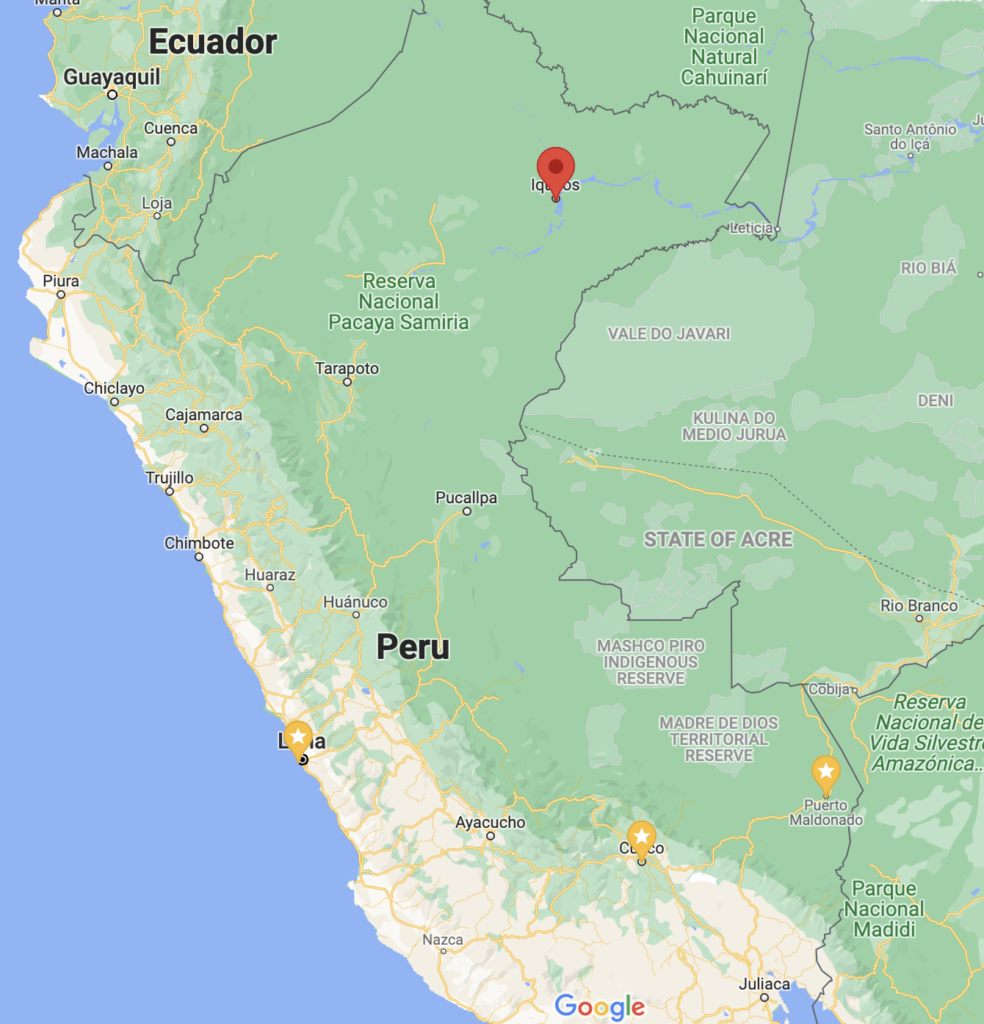 We start with the most popular Peruvian Amazon Rainforest entrance. Iquitos is the largest city in the world with no roads in or out. The only way to access it is by water or air and it’s also the only entrance with access to the actual Amazon River. All other regions only offer tributaries of the Amazon River. Iquitos has a lot to offer when it comes to tourism.
We start with the most popular Peruvian Amazon Rainforest entrance. Iquitos is the largest city in the world with no roads in or out. The only way to access it is by water or air and it’s also the only entrance with access to the actual Amazon River. All other regions only offer tributaries of the Amazon River. Iquitos has a lot to offer when it comes to tourism.
In my opinion if you’re looking to see the Amazon but not get too far off the beaten path, then Iquitos is for you. They also have lots of day trips and fun cultural things to do around the city. The town maintains its historic charms of 18th-century Spanish colonization and was once a hub for rubber production.
Amazon Luxury Cruise
The thought of a luxury cruise down the amazon really sparked my interest. The River spans a length of 6,993km (4345mi), is the longest river in the world, home to diverse species and indigenous groups. With 5 star accommodations and first class food, this truly sounds like a once in a lifetime experience. It also sounds pretty expensive.
Rainforest Eco Lodging
If you’re looking for a more hands on approach I recommend one of the Eco Lodges in the area. Even better yet try camping in a tent. Whether you make basecamp in a yacht, lodge, or tent… Feeling comfortable while immersed in mother nature is an amazing feeling and is possible with a great vacation itinerary. All of these options aregoing to get you out on the Amazon River to see some amazing plants and animals.
Volunteer in the Amazon Rainforest
If you have the opportunity to stay for longer periods of time, a great way to see the Rainforest is to volunteer. If you love nature and are interested in helping save the rainforest, this is a great way to get started. Volunteers receive free accommodation for just 4 hours of work in the mornings.
Central Peruvian Jungle – Pucallpa

Pucallpa also known as Calleria is the capital of Coronel Portillo province and the capital of the Ucayali department. Although the community dates from the early colonial era, it remained isolated until 1945, when the Lima-Pucallpa highway was completed. This makes it the most accessible rainforest entry point from Lima. You can also take a boat down the river from Iquitos to get here. The area is obviously known for its biodiversity and wildlife. It’s also known for its coffee and citrus.
Ayahuasca Healing in Peru
While doing research on Pucallpa I found a really cool Ayahuasca Shamanistic Healing Center. Not sure I’m brave enough to try Ayahuasca but the herbal health clinics and medicinal plants classes really piqued my interest. It is located in the heart of the Amazon Jungle and seems to be a great fully immersive experience. With COMO-GO you can leave all the planning behind and just enjoy the moment.
Velo De La Novia
Another great option to explore in the area is Velo de la Novia (Veil of the Bride). It’s about a three hour drive from Pucallpa but looks well worth the trouble. Its impressive fall of more than 50 meters is a spectacular waterfall that looks like a bride in a white gown. Here’s a link to the video that went viral on social media.
Southern Amazon Rainforest – Puerto Maldonado
The airport in Puerto Maldonado will give you easy access to visit Cuzco either before or after your trip. I definitely recommend the 4 day Inca Trail hike through the Sacred Valley into Machu Picchu. But that’s for another blog.
Tambopata National Park
Tambopata National Park is located in the Madre de Dios region near the Bolivian border, and is considered the most biodiverse place in the world. I accessed the National Park through Puerto Maldonado but did not stay in the city. I really enjoyed how remote my stay at Refugio Amazonas was, but Puerto Maldonado is not the cultural hub that Iquitos is and should only be used as a gateway into the jungle.
Refugio Amazonas
While at Refugio Amazonas I basically had the time of my life. We woke up early to an amazing breakfast buffet every morning before heading out to explore. From mountain biking to kayaking and everything in between. We went canoeing one morning to feed Piranha then went for a hike to see wildlife. Every night we had an amazing dinner waiting and an awesome bar to wind down at before bed. They even had a massage therapist on hand to help you relax after a long day of exploring.
Manu National Park
Although I think the world of Tambopata, Manu National Park is a UNESCO world heritage site and is well worth a visit. Its mesmerizing cloud forests, Andean grasslands and lowland jungle areas make it a must see. Manu offers a ton of wildlife, with over 400 species of mammals, reptiles and amphibians, and more than 850 types of birds.
Lake Titicaca
Although I didn’t make it out to Lake Titicaca I do wish I’d had more time. Lake Titicaca, on the border of Peru and Bolivia in the Andes Mountains, is one of South America’s largest lakes and the world’s highest navigable body of water. I’ve read it’s a spectacle to see and according to Andean belief, the birthplace of the sun.

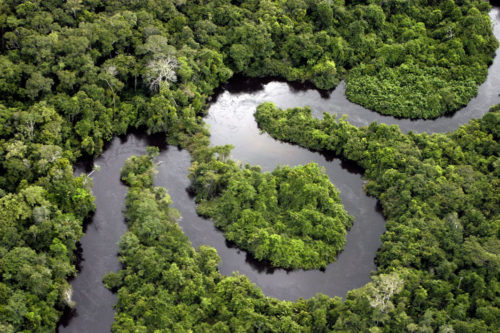
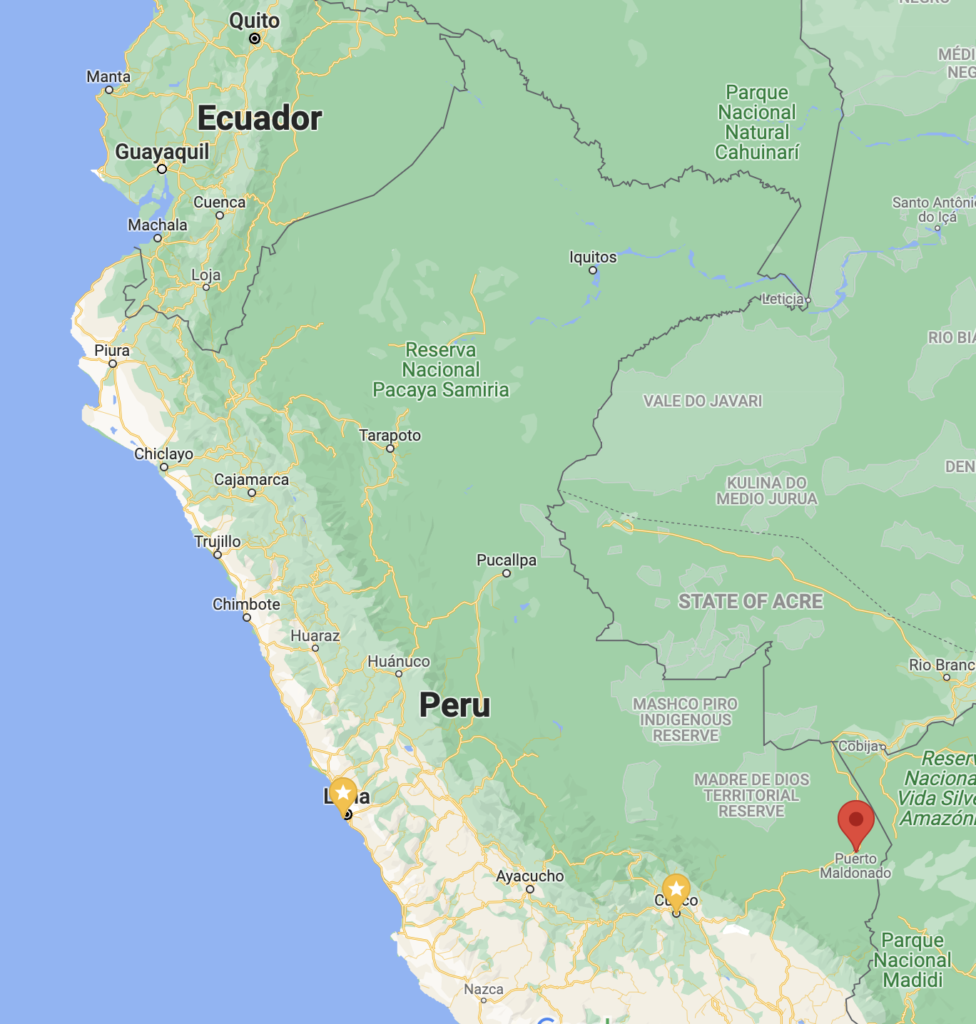
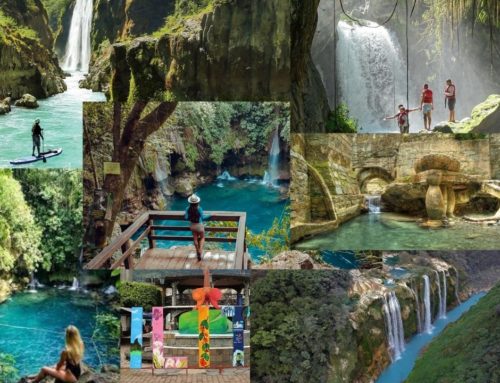


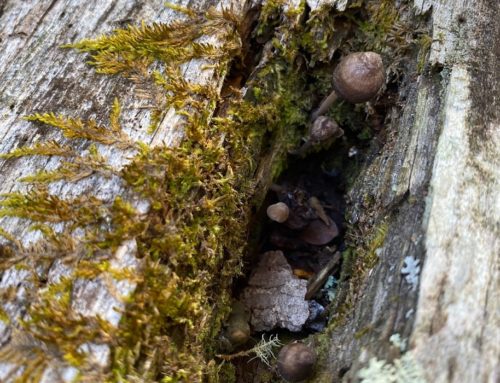
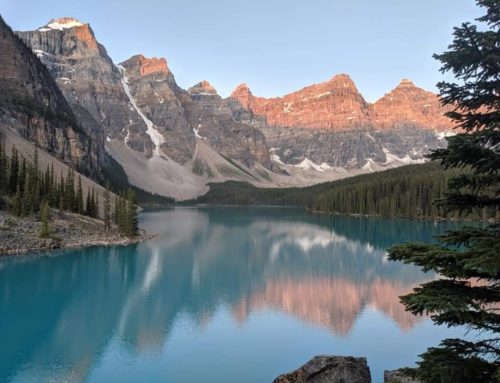
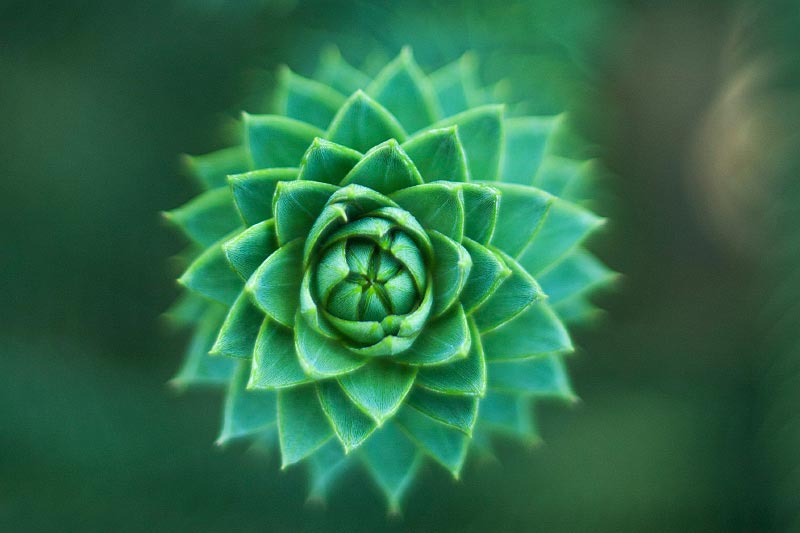

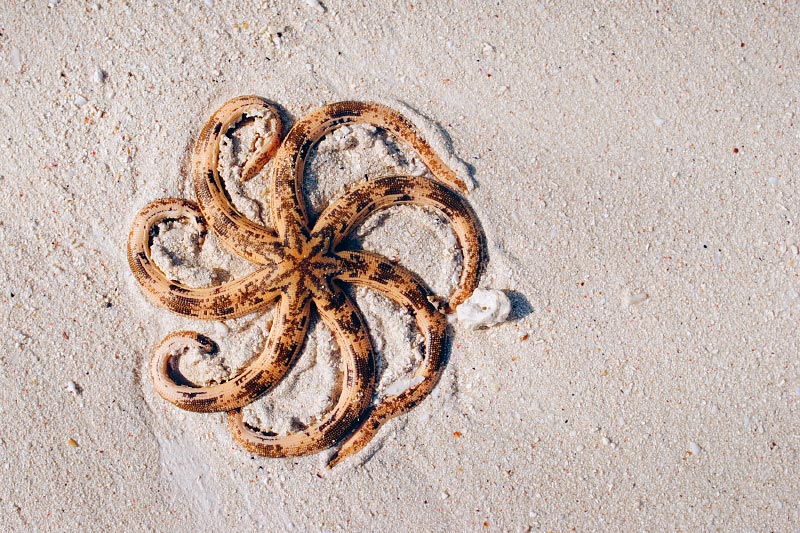


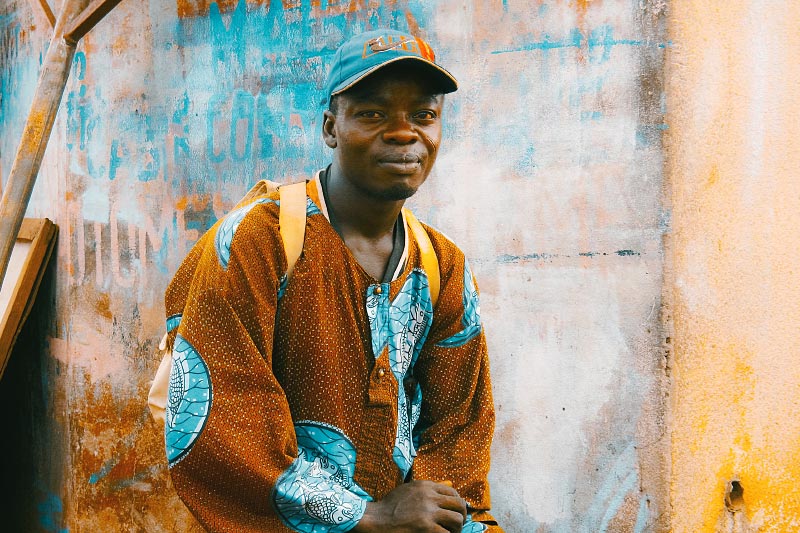
Keep In Touch